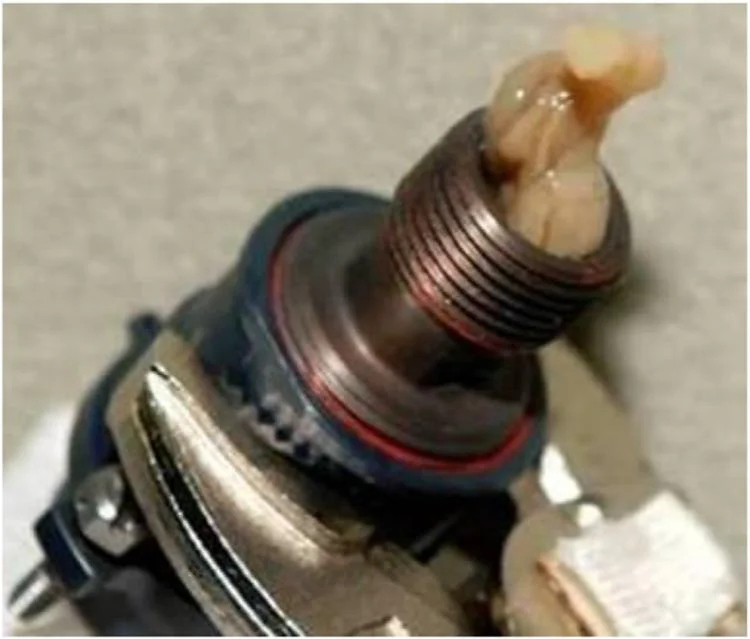Hitchhiking microbes on ISS cargo ships can make astronauts sick. Scientists have a solution
A specific lubricant seems to be a promising solution to mitigate microbial biofilms onboard ISS.

Among the many major threats that astronauts onboard the International Space Station (ISS) contend with daily, an unwelcome yet inevitable risk comes from a miniscule being: Microbes.
Countless of these tiny organisms, which piggyback on astronauts and cargo flights launched to the ISS, can produce hibernating burrows in the form of complex matrices of cells. These cells are called biofilms, and they're found on the space station's surfaces, space suits and water systems, to name just a few spots they infest.
While many species of microbes are beneficial, harmful ones are capable of evading the human body's defense system and damaging tissues. Plus, they do so while staying dormant, thanks to being protected by the biofilms they ooze out. On the space station, not only do biofilms pose a risk to astronaut health, but also to equipment they stick on — so much so that hoses and pumps have been sent back to Earth to be unclogged.
Related: SpaceX Crew-7 astronauts will handle over 200 science experiments on ISS
"We can't sterilize everything we send into space, and don't want to, but we do a lot to limit potential pathogens from making their way to the station," Sarah Wallace, a microbiologist at NASA's Johnson Space Center who researches microbes in space, said in a statement earlier this year.
An ISS experiment investigating a specific surface treatment offers some hope.
In 2019, astronauts treated ISS surface material with a silicon-based lubricant and exposed it to a bacteria called Pseudomonas aeruginosa. This bacteria usually sits inside soil and water on Earth, causes blood and lung infections and relentlessly evades the effects of antibiotics. The samples were then incubated aboard the station for three days. Further tests showed the lubricant had prevented the microbes from gathering on the surface.
Breaking space news, the latest updates on rocket launches, skywatching events and more!
Previous research had already shown that the method worked on Earth, and "we found that these surfaces are extremely good at preventing biofilm formation in the space station as well," Kripa Varanasi, a professor of mechanical engineering at MIT and one of the authors of the new study, said in a statement.
Such solutions would be particularly helpful during long-term space missions to the moon and Mars, researchers say, when "receiving spare parts from Earth or returning crew to Earth promptly is not possible."
Back on Earth, scientists think these results can also help with keeping medical devices as clean as possible, as well as in reducing microbe-driven corrosion of equipment used to produce oil and gas, ultimately mitigating the risks of dangerous oil spills.
The research is described in a paper published Aug. 16 in the journal npj Microgravity

Sharmila Kuthunur is an independent space journalist based in Bengaluru, India. Her work has also appeared in Scientific American, Science, Astronomy and Live Science, among other publications. She holds a master's degree in journalism from Northeastern University in Boston.

